10 Electrifying Lightning Facts: Get Thunderstruck
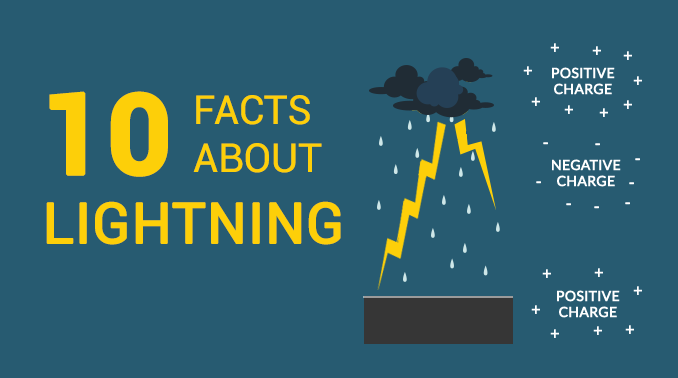
10 Facts About Lightning
This list of 10 lightning facts is electrifyingly good. But first, have you ever wondered why lightning strikes in the first place?
When you rub your feet on the carpet, you build a slight negative charge. You get a shock because you discharge the static electric charge to a positively charged object.
Similarly, lightning is an electrostatic discharge that is supercharged from ionized air.
Let’s take a look at 10 facts about thunder and lightning.
1. Lightning finds the fastest route to Earth
Lightning always takes the path of least resistance. It finds the fastest route by bouncing from charges that it’s most attracted to.
Imagine a bolt of lightning is like you’re walking through a crowd of people. You can’t go directly through the crowd, but you weave through finding gaps. This is how the path of least resistance works.
In essence, the path of least resistance, much like navigating through a crowd, represents the route that electricity follows when seeking the most efficient and conductive pathway between two points, obeying the fundamental principles of electrical physics.
2. A lightning bolt is 5 times hotter than the sun
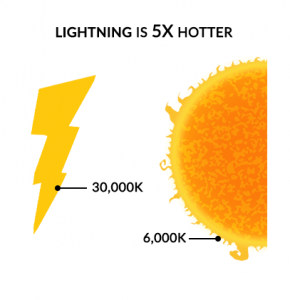
By releasing a massive bolt of electricity, lightning is five times hotter than the sun when it strikes. But the average lightning strike lasts only 30 microseconds.
The temperature of a lightning strike can reach 30,000K. Whereas the surface of the sun is just 6000K.
This extreme temperature disparity highlights the incredible energy released during a lightning strike, which briefly outshines even the sun’s scorching surface temperature.
3. Lightning strikes 8.6 million times a day
Every day, lightning strikes 8.6 million times on average. The world’s lightning hotspot is Lake Maracaibo in Venezuela.
If you ever decide to go, there’s an 80% chance that you’ll experience a nocturnal thunderstorm. I like those odds.
Lake Maracaibo’s unique geographic and meteorological conditions create an environment where thunderstorms and lightning activity are exceptionally frequent and intense, earning it the distinction of being the world’s lightning capital.
4. Lightning ignites forest fires

Lightning has the capability to spark wildfires such as the one in California. As the climate warns, they have the potential to spawn more thunderstorms.
As a result, lightning from these extreme events can ignite first fires with billions of dollars in damage.
The destructive potential of lightning-induced wildfires underscores the need for vigilant fire management and prevention strategies.
5. Thunder to lightning distance
You can use thunder as a gauge for how far away lightning is. This is because light travels at a staggering 186,282 miles per second. But sound travels much slower at about 1 mile every 5 seconds.
So when you count the time it takes to hear thunder, counting to 5 means that it’s 1 mile away. If you count just one second, lightning is just 1,056 feet away.
This simple rule of thumb serves as a practical way for individuals to estimate the distance of a lightning strike and gauge their proximity to the impending storm.
6. Volcano eruptions cause lightning strikes

Lightning commonly occurs in sync with volcanic eruptions. But how come? As the ash from a volcano rises, it builds static electricity the same way clouds do.
The interaction between lightning and volcanic eruptions stems from the release of electrically charged particles and gases during volcanic activity.
This creates conditions conducive to lightning formation within the volcanic plumes – an electrifying spectacle that can light up even the darkest skies.
7. Snowfalls can cause lightning to strike
Winter thunderstorms (thundersnow) occur during a snowfall, instead of rain. Rainfall is heavier and has more moisture than snow so it’s more likely to generate lightning.
But when you get snowfall from lake effect snow, it can build a large enough amount of static in the atmosphere for thundersnow.
8. Lightning adds nitrogen to the soil
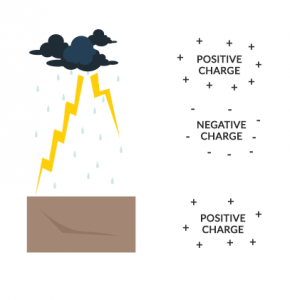
Lightning is an electrostatic discharge that is supercharged from ionized air. 78% of the air is nitrogen held together as N2.
Lightning splits N2 into NO2, which goes into the soil to form nitrates. Then, our bodies use this form of nitrogen from plants.
This process of nitrogen fixation is part of the nitrogen cycle. Overall, the nitrogen cycle is vital for life because it converts N2 into usable compounds.
9. Don’t take a bath during a thunderstorm
When lightning strikes a house, pipes can carry that electrical current. These pipes lead straight to the base of a bathtub. If you’re in a pool of water, you might feel a fraction of the total current of a lightning strike.
But lightning strikes typically range from 5,000-20,000 amps. Taking a bath during a thunderstorm is not advisable because water is an excellent conductor of electricity.
When lightning strikes your home, it can lead to electrical surges and safety hazards. That’s why it’s always safer to wait until the storm passes to minimize the risk of an electrical accident in your bathroom.
10. Almost 90% of people survive lightning strikes
How can humans survive 100 million to 1 billion volts of electricity from a lightning strike? Lightning strikes are short bursts that can burn as shown in Lichtenberg figures.
But it doesn’t necessarily result in death. It’s often because lightning doesn’t directly strike a person but mostly in the general vicinity.
Electrifying Lightning Facts
In conclusion, delving into the fascinating realm of lightning reveals a world of electrifying facts that both astonish and educate.
Lightning is one of the most powerful forces nature has to offer. It can strike without warning and cause havoc at any time, even when it’s not raining.
From its scorching temperatures to its striking connection with natural phenomena like volcanic eruptions, lightning reminds us of the awe-inspiring power and complexity of our planet.
Do you have any other facts about lightning? Please leave us a comment below and we’ll get back to you.


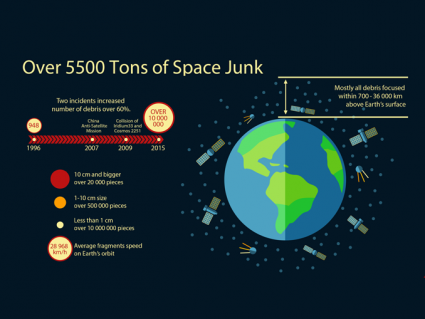
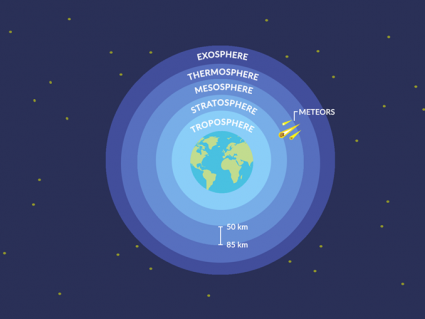
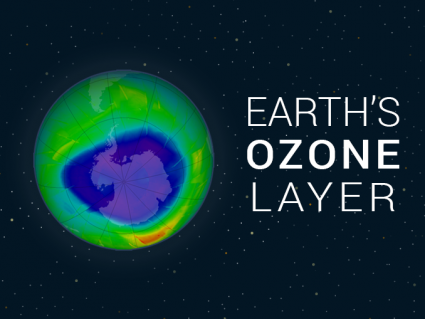
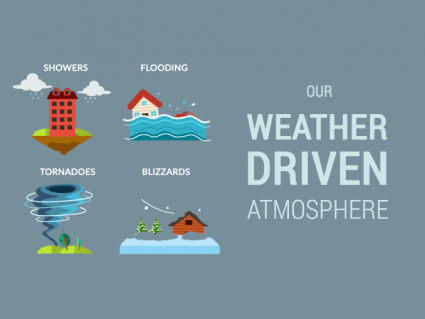

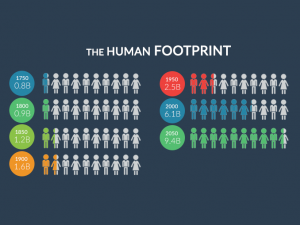
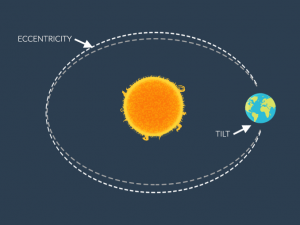




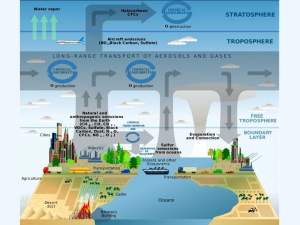
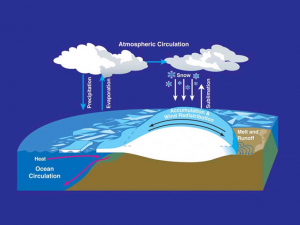
Thanks for the details on Lightning. With 8 million lightning strikes a day, 3 billion times a year it makes sense now with Tesla saying we can get free electricity from the earth. Which he actually did. Every picture of Tesla inside a building and lightning shooting around him is the free electricity from the earth, no pollution, no nuclear waste, no turbine, nor generator needed. I guess the earth is one giant battery. It has been learned the Ancient Egyptians had electricity as there are unmistakeable signs of circular saws and tube drills being used to build the Great Pyramid, and other megalithic sites in Egypt. I mean that is what we use today, and is the only thing that cuts granite.
cool
Gloria Polo, from. Columbia S America and her cousin were struck by lightening about 25 years ago, outside a library. Cousin died but Gloria was burned badly inside and outside. The story was she was electrified and Drs. Cud not touch her for a time! She did live but badly scarred! People say now that is a myth that Drs. Cud not touch her! Did they use to believe. that?
Awesome thank you!
This was incredibly helpful for a school project. Thank you!
Very good information and presented nicely. Thank you. It’s nice to refer to the numbers periodically.
Thank you, very well explained.
Michael Elliott.